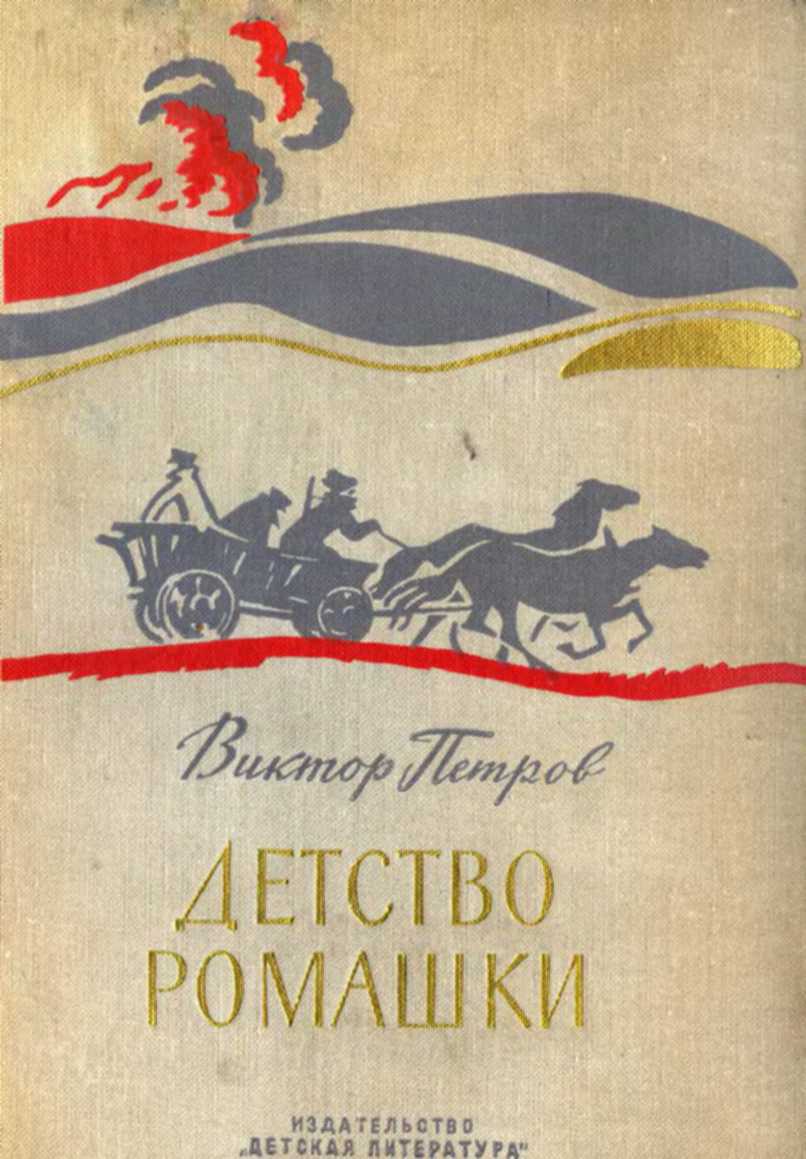2 (Fall 2000), pp. 187–212.
103 Hopf, p. 177.
104 Wendt (1999), pp. 92–138.
105 Farrell, op. cit., p. 50.
106 Michael C. Desch, ‘Culture Clash, Assessing the Importance of Ideas in Security Studies’, International Security, Vol. 23, No. 1 (Summer 1998), pp. 142–3.
107 Ibid., p. 313.
108 Horgan, op. cit., p. 192.
109 Jay Forrester in L. Douglas Kiel and Euel Elliott (eds), Chaos Theory in the Social Sciences, Foundations and Applications, Ann Arbor: The University of Michigan Press, 1996, p. 2. See for other examples of investigations on the relevance of chaos/complexity theory and social sciences for instance David Byrne, Complexity Theory and the Social Sciences, An Introduction, London: Routledge, 1998, and Paul Cilliers, Complexity and Postmodernity, London: Routledge, 1998; and Raymond Eve, Sara Horsfall and Mary Lee (eds), Chaos, Complexity and Sociology, Myths, Models and Theories, Thousand Oaks, CA: Sage, 1997.
110 Brian Arthur, ‘Positive Feedback in the Economy’, Scientific American (February, 1990), 131–40.
111 See for instance William McNeil, ‘History and the Scientific Worldview’, History and Theory, Feb. 1998, Vol. 37, No. 1 (Feb. 1998), pp. 1–13; and ‘The Changing Shape of World History’, History and Theory, Vol. 34, No. 2 (May 1995), pp. 8–26. Coveney and Highfield (1995), op. cit., p. 338; James Rosenau, Turbulence in World Politics, New York: Harvester Wheatsheaf, 1990, pp. 47, 58. Chapter 3 deals entirely with chaos and complexity theory. He likens the transformation of the interstate system to a Prigoginian bifurcation point, for instance. See also James Rosenau, ‘Many Damn Things Simultaneously: Complexity Theory and World Affairs’, in Davids and Czerwinski (1997), Chapter 4.
112 Charles Perrow, Normal Accidents, Princeton: Princeton University Press, 1999, p. 90.
113 For an in-depth account of the working of tightly coupled and non-linear effects see in particular Robert Jervis, System Effects, Complexity in Political and Social Life, Princeton: Princeton University Press, 1997.
114 Perrow, op. cit., pp. 93–4. See also Perrow, Complex Organizations; A Critical Essay (Glenview, IL: Scott, Foresman, 1972; and Jos A. Rijpma, ‘Complexity, Tight coupling and Reliability: Connecting Normal Accidents Theory and High Reliability Theory’, Journal of Contingencies and Crisis Management, Vol. 5, No. 1 (March 1997), pp. 15–23.
115 Perrow, op. cit., pp. 331–4.
116 See Michael Lissack, ‘Complexity: the Science, its Vocabulary, and its Relation to Organizations’, Emergence, Vol. 1, No. 1 (1999), pp. 110–26.
117 Russ Marion and Josh Bacon, ‘Organizational Extinction and Complex Systems’, Emergence, 1(4) (1999), p. 76.
118 Ibid.
119 Susanne Kelly and May Ann Allison, The Complexity Advantage, How the Sciences Can Help Your Business Achieve Peak Performance, New York: McGraw-Hill, 1999, p. 5.
120 Henry Coleman, ‘What Enables Self-Organizing Behavior in Businesses’, Emergence, Vol. 1, No. 1 (1999), p. 37.
121 Ibid., p. 40.
122 The literature on complexity theory and its relevance for the humanities, social sciences, and management theory is burgeoning. See for instance: Shona L. Brown and Kathleen M. Eisenhardt, Competing on the Edge, Strategy as Structured Chaos, Boston: Harvard Business School Press, 1998; Uri Merry, Coping With Uncertainty, Insights from the New Sciences of Chaos, Self Organization, and Complexity, West-port, CT: Praeger, 1995; Raymond A. Eve et al., Chaos, Complexity, and Sociology, London: Sage, 1997; Kathleen Eisenhardt and Donald N. Sull, ‘Strategy as Simple Rules’, Harvard Business Review, January 2001, pp. 107–16; Eric D. Beinhocker, ‘Robust Adaptive Strategies’, Sloan Management Review, Spring 1999, pp. 95–106; Michael Church, ‘Organizing Simply for Complexity: Beyond Metaphor Towards Theory’, Long Range Planning, Vol. 32, No. 4 (1999), pp. 425–40.
123 See for instance Alvin Saperstein, ‘Chaos – A Model for the Outbreak of War’, Nature 309, pp. 303–5. See also ‘The Prediction of Unpredictability: Applications of the New Paradigm of Chaos in Dynamical Systems to the Old Problem of the Stability of a System of Hostile Nations’, in L. Douglas Kiel and Euel Elliott, pp. 139–64; and Roger Beaumont, War, Chaos, and History, Westport, CT: Praeger, 1994.
124 Robert Jervis, ‘Complexity and the analysis of Political and Social Life’, Political Science Quarterly, Vol. 112, No. 4 (1997–98), p. 593; and ‘Complex Systems: The Role of Interactions’, Chapter 3, in Paul Davis and Thomas Czerwinski, Complexity, Global Politics and National Security, Annapolis: NDU Press, 1997.
125 Jervis (1997), op. cit., p. 10.
126 Ibid., p. 17.
127 Ibid., p. 18.
128 Jervis includes the example of the Allied Combined Bomber Offensive during World War II. When the Allied Bombers attacked the German railroad system industry was able to divert rail traffic along the widely developed rail system. But doing so after a period of bombing created bottlenecks in response to which individual industries began to take individual measures, which took away the flexibility of the system and subsequently paralyzed it.
129 Ibid., p. 261.
130 Ibid.
131 Ibid.
132 Ibid., p. 194.
133 Steven Mann, ‘Chaos Theory and Strategic Thought’, Parameters, Vol. XXII, No. 2 (Autumn 1992), pp. 54–68.
134 Alan Beyerchen, ‘Clausewitz, Nonlinearity, and the Unpredictability of War’, International Security, Vol. 17, No. 3 (Winter 1992), pp. 55–90. This section is a very concise summary.
135 Pat Pentland, Center of Gravity Analysis and Chaos Theory, Maxwell Air Force Base, AL: Air University Press, April 1993. Interestingly, he also incorporates Boyd’s OODA loop, acknowledging that this model and the essay, although developed in the 1970s, anticipated many of tenets of chaos theory, and is consistent with it.
136 Ibid., p. 25.
137 Ibid., p. 17.
138 Ibid., p. 31.
139 Ibid., pp. 11–12.
140 Ibid., pp. 34–6.
141 The literature on military applications of chaos and complexity theory has burgeoned in the 1990s. To illustrate this, an inventory of articles dealing with non-linearity and military affairs drawn up by the US National Defense University in 1999 listed 144 entries. Available at: www.clausewitz.com (accessed 10 July 1999). For some accessible papers see for instance Glenn E. James, Chaos Theory, The Essentials for Military Applications, Newport: Naval War College Press, 1996; Linda Beckerman, ‘The Non-linear Dynamics of War’, online. Available at:





